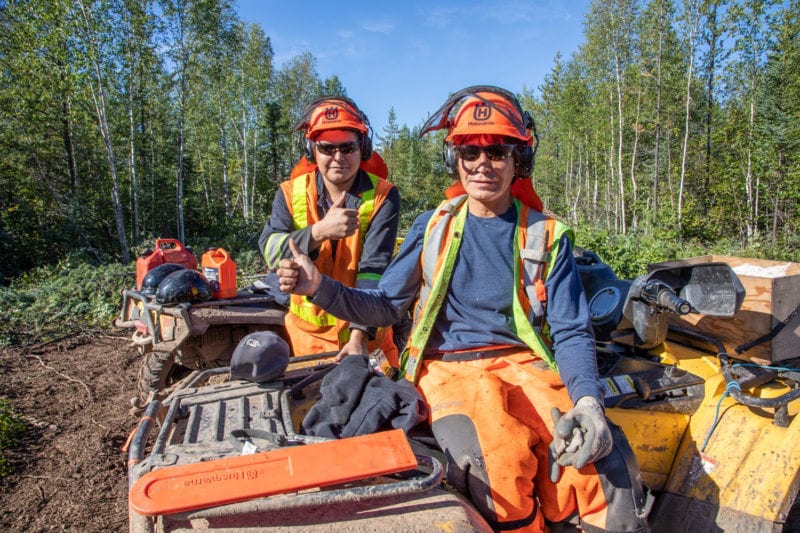Cheetah Resources, which is overseeing the Nechalacho Rare Earth Demonstration Project southeast of Yellowknife, reported positive figures this month involving Northern and Indigenous people who make up the company's workforce.
In a Sept. 1 news release, the company reported that as of the first of the month, 86 per cent of the company's NWT workforce are Northern residents. The company added that 64 per cent of the NWT workforce are Indigenous.

Of the total Northern resident workforce, the news release states that 75 per cent are Indigenous.
The actual figures remain low until the bulk of hiring is done next year. There are currently 14 workers that have been hired. Twelve of those are Northern residents while nine are Indigenous.
David Connelly, spokesperson for Cheetah, said he foresees the total workforce figure jumping to 30 people by this time next year. The company is attempting to remain transparent about its employment figures, said Connelly. He's hoping to update the public at least every year on the company's commitment to hiring locally.
"I'm pleased by the numbers and the percentages in particular, which are higher than the averages of the diamond mines," he said. "The diamond mines, of course, have many more people and we are a smaller operation."
The company faced a setback earlier this year when Covid-19. Planned activities were suspended shortly after the Mackenzie Land and Water Board gave its final and amended permitting approval in early April.
The Nechalacho camp closed by the end of the month.
Some preparation work restarted in July as Cheetah began preparing the Nechalacho site with equipment and camp set up. That work is expected to continue until mid-October.
In the summer, the company announced that the project will begin mineral extraction next year.
When actual mineral extraction takes place, Connelly explained that it will have two components. The first will involve removing the bulk sample from an open pit before it is then sorted through a sensor-based machine with a conveyor belt.
This will allow the operation to identify rare earth mineral concentrate and without having to use water or chemicals and without having to produce tailings waste at the end of the process.
Det’on Cho Nahanni Construction was contracted in January to oversee the extraction project, beginning in 2021. Det'on Cho is the economic arm of the Yellowknives Dene First Nation.
Chief Ernest Betsina of Ndilo said early signs are positive in the representation of northern Indigenous peoples. The overall goal is to ensure that his members can build skill capacity in hands-on trades so they are employable in related ventures, said Betsina.
"I am pleased with it because they (Cheetah) are hiring our YKDFN members and other other First Nations," he said, noting it's important given that the project is taking place on YKDFN traditional territory. "What better people to take care of the land than the people from the land and who know how to care for it?
"It seems to me that they are on to a good start and if they keep the same people employed right now, it will mean they will be more trained and used to the site and also be safer on the site."
Betsina said he's looking forward to next year when Det'on Cho is more directly involved with additional employment opportunities where members can build skill capacity.
"Right now, there is not a whole bunch going on, but we have people who are out taking care of camp and doing minor maintenance to keep the camp going so that it doesn't freeze and it is well maintained," he said.
Cheetah's workforce by the numbers:
Yellowknife office and Nechalacho camp workers: 14
Northern residents in workforce: 12 (86 per cent)
Indigenous people in workforce: 9 (64 per cent)
Indigenous people among the Northern resident workforce: 9 (75 per cent)